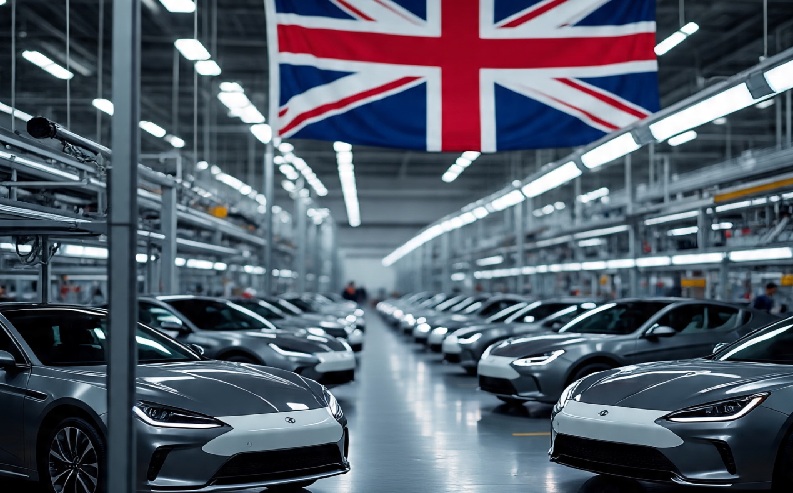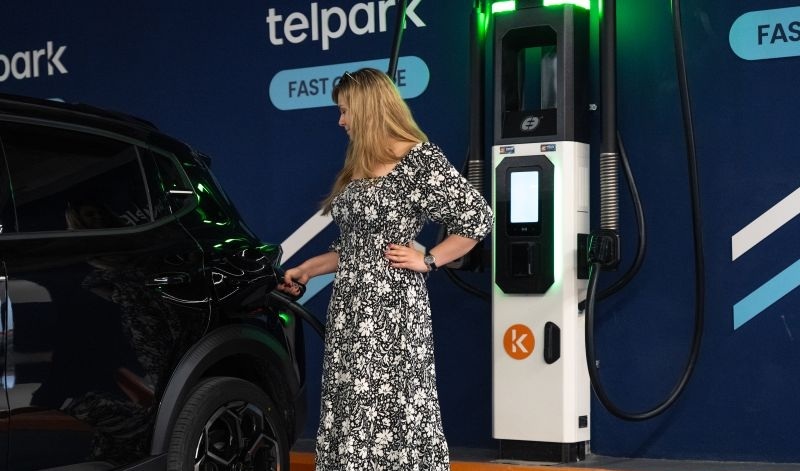The European Union (EU) and the United States (US) have reached an agreement: both sides have settled on a base tariff of 15% for most goods imported from the EU into the US.
According to European Commission President Ursula von der Leyen, the 15% rate also applies to vehicles.
Since April, cars imported from the EU into the US have been subject to a flat 25% surcharge – regardless of drivetrain.
These auto tariffs have already left their mark on Volkswagen Group’s half-year figures.
While the automaker does produce certain models locally in the US, a significant share of vehicles from across the Group’s brands is shipped from Europe – and therefore remains affected by the new tariff, despite its reduction.
“Today’s deal creates certainty in uncertain times. It delivers stability and predictability for citizens and businesses on both sides of the Atlantic,” says von der Leyen.
“This is a deal between the two largest economies in the world. We trade 1.7 trillion dollars per year. Together, we are a market of 800 million people. And we are nearly 44% of global GDP,” she adds.
Together, the EU and the US are a market of 800 million people.
— Ursula von der Leyen (@vonderleyen) July 27, 2025
And nearly 44 percent of global GDP.
It’s the biggest trade deal ever ↓ https://t.co/rG3cHebXEk
While the deal includes exemptions for certain sectors – such as aerospace and “critical raw materials” – cars and semiconductors fall under the scope of the 15% base tariff.
The German automotive industry, specifically the Federation of German Industries (BDI), criticised the agreement as an “insufficient compromise”, warning of a “damaging signal for the deeply integrated economies on both sides of the Atlantic.”
The European Automobile Manufacturers’ Association (ACEA) described the agreement as “an important step towards easing the intense uncertainty surrounding transatlantic trade relations,” but was waiting to see how the agreement would play out, as “many elements of the agreement still need to be clarified.”
It urged the EU and US to “focus on reducing obstacles to vital transatlantic automotive trade.”
Because as things stand, “the US will retain higher tariffs on automobiles and automotive parts, and this will continue to have a negative impact not just for industry in the EU but also in the US.”
The (now slightly lower) tariffs are not the only challenge facing German OEMs when it comes to selling EVs in the US.
The expiring federal tax credit in the US is likely to push record sales in Q3 – but beyond that, market prospects remain unclear. Various public charging infrastructure incentives are also on the line or have already been scrapped.
READ MORE
-
UK updates eligibility criteria for the Electric Car Grant
The UK Government sets new technical and environmental requirements that manufacturers must meet for their electric vehicles to qualify for grants of up to £3,750.
-
Deftpower raises €12.5M to boost European growth and enhance its AI-powered charging tech
Deftpower aims to make EV charging cheaper, cleaner, and smarter for drivers and CPOs, while easing pressure on Europe’s congested power grids.
-
Ekoenergetyka: Investing in EV charging at car parks is more crucial now than ever before
Public car parks are no longer just simple transit points. With the addition of chargers, they are becoming strategic hubs for electric mobility. What is Ekoenergetyka’s strategy?










